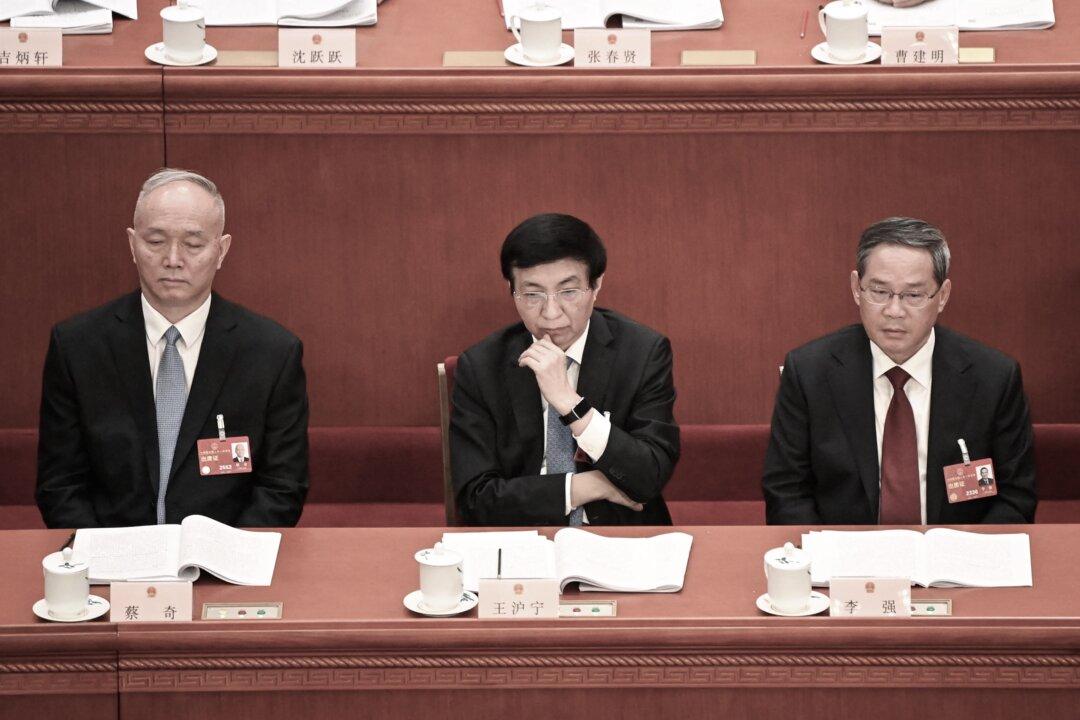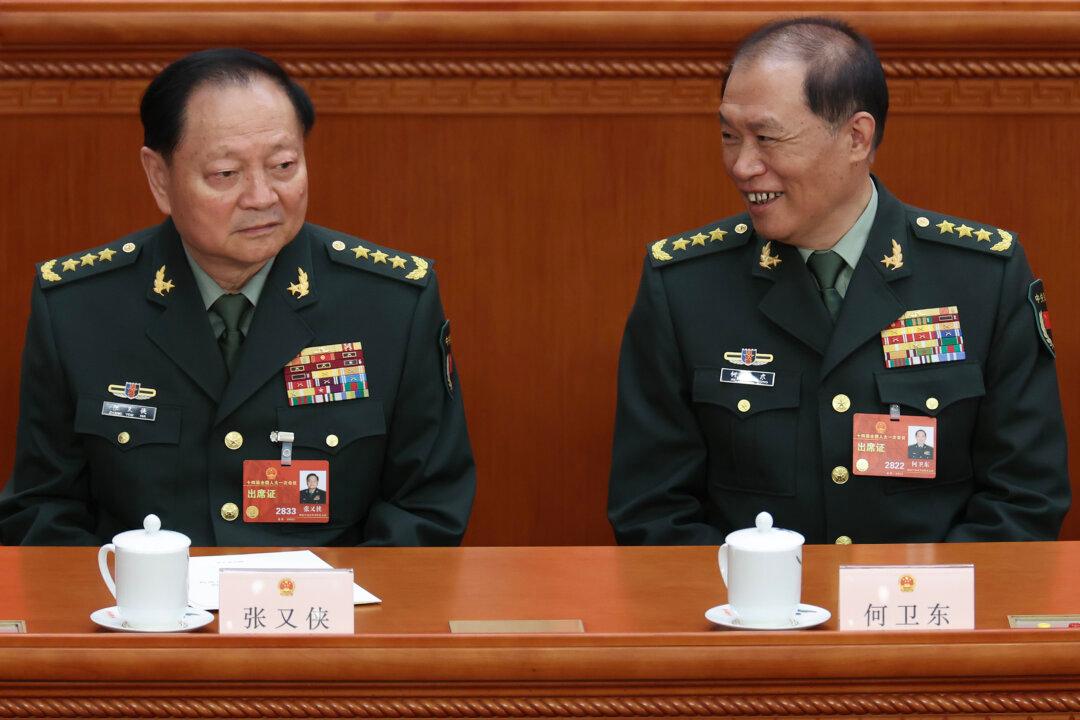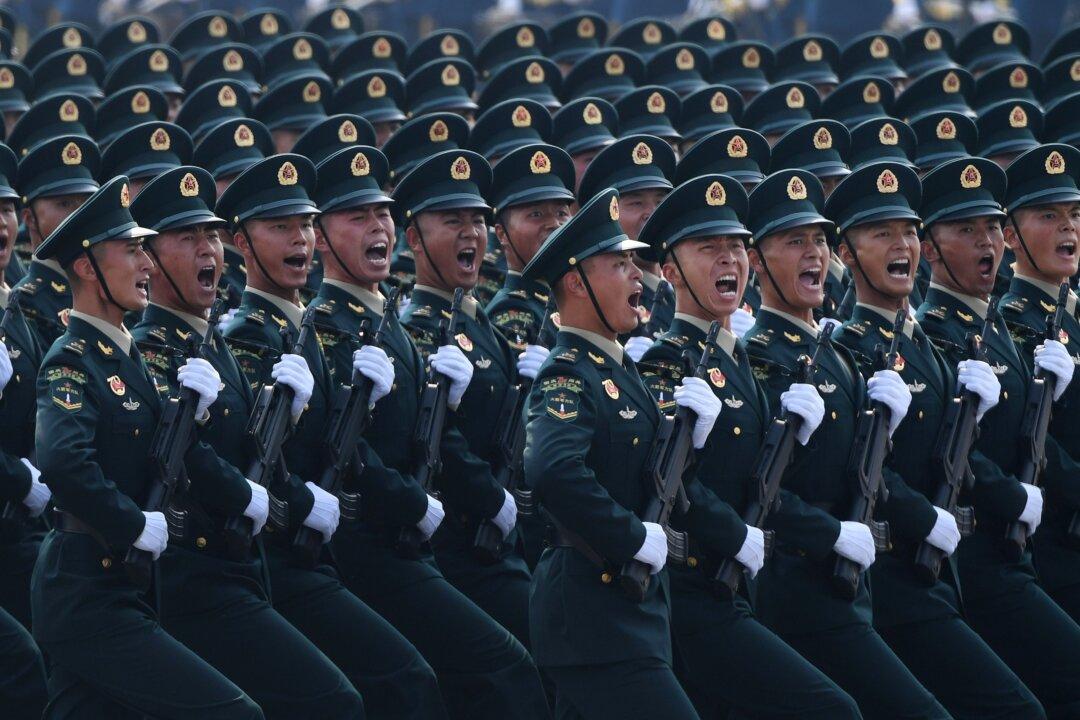A few years ago, China said it would not implement quantitative easing, a controversial policy of using bond purchases to stimulate the economy. Now, it appears that it is doing just that, injecting trillions of yuan into its troubled economy in a bid to help debt-laden local governments.
Balance sheet data from the People’s Bank of China (PBOC) show the central bank’s assets rising sharply in the second half of 2023, expanding by nearly 5 trillion yuan (about $705 billion). A financial expert believes Beijing is quietly implementing quantitative easing, a strategy that it has explicitly disavowed.






